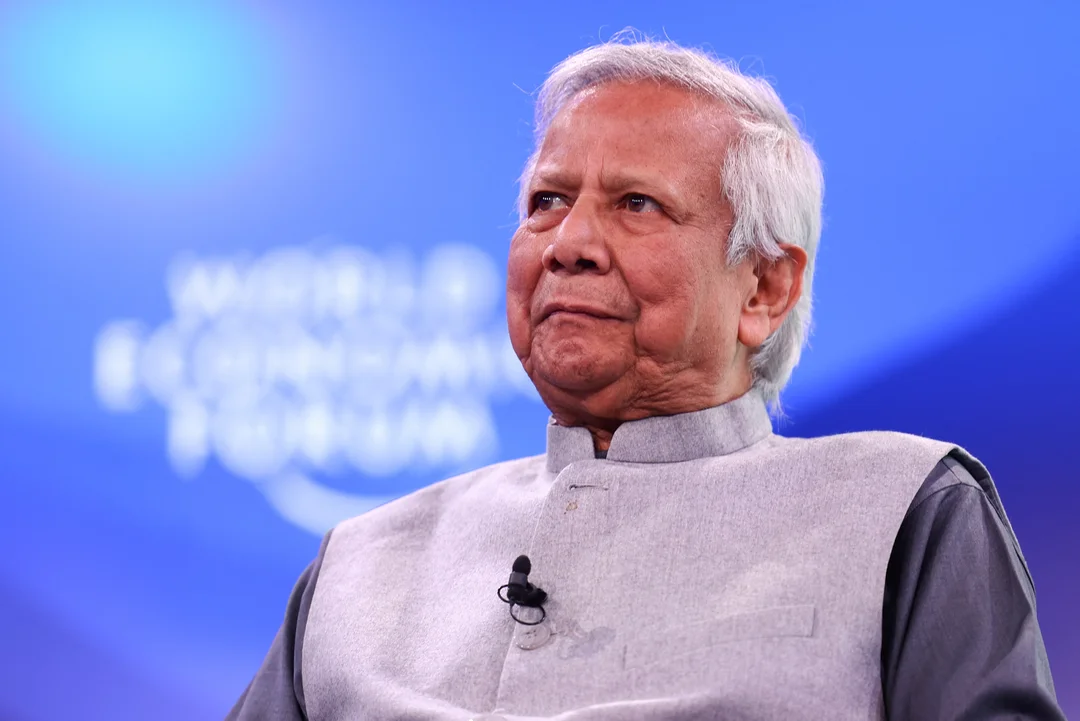
Starlink Goes Live in Bangladesh Amidst Regional Tensions: A New Era of Connectivity?
Elon Musk's Starlink has officially launched its satellite internet service in Bangladesh, marking a significant step toward bridging the digital divide. This launch arrives at a critical juncture, particularly given the ongoing geopolitical tensions between India and Pakistan. What makes its presence in Bangladesh uniquely poignant?
Starlink confirmed its availability across Bangladesh via a post on X, highlighting the promise of high-speed, low-latency internet for the South Asian nation. Bangladesh now becomes the second neighbor of India, after Bhutan, to gain access to Starlink’s technology. This expansion is particularly notable considering the regulatory hurdles Starlink faces in India and the temporary license granted in Pakistan.

Muhammad Yunus, the Chief Adviser of the Government of Bangladesh, played a pivotal role in bringing Starlink to the country. Yunus reached out to Musk in February, emphasizing the transformative impact Starlink could have on Bangladesh's youth and women. He envisions Starlink as a sustainable alternative, immune to disruptions caused by political instability – a pertinent concern given past internet shutdowns during periods of unrest.
The service starts at 4,200 taka ($35) per month, with a 47,000 taka one-time fee for setup equipment. According to Yunus' aide, Faiz Ahmad Taiyeb, this pricing aims to offer premium customers a reliable and high-speed internet option.
However, it’s crucial to understand that Starlink isn't a magical solution for everyone. While offering reliable internet access to remote areas, it faces constraints like weather dependency (fog, rain), obstructions needing no obstacles in the surrounding, and power dependency to keep running. Despite being 'internet from space', Starlink still operates under Bangladeshi telecom licensing and can be shut down during national emergencies.
Is Starlink truly worth the price? In rural or underserved areas, it represents a valuable investment, providing essential connectivity. However, in urban centers with existing fiber infrastructure, Starlink might be more of a luxury than a necessity. The value equation hinges on location and the availability of reliable alternatives.
Starlink's entry into Bangladesh represents more than just technological advancement; it symbolizes resilience and a commitment to connectivity in the face of regional turbulence. It’s a bold move towards ensuring uninterrupted access to information, setting a new benchmark for digital empowerment.
What are your thoughts on Starlink's impact on emerging markets? Share your opinions and experiences in the comments below!